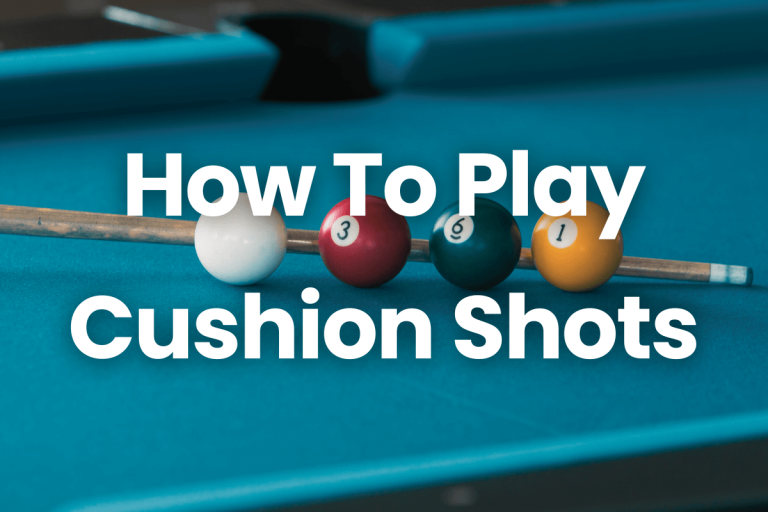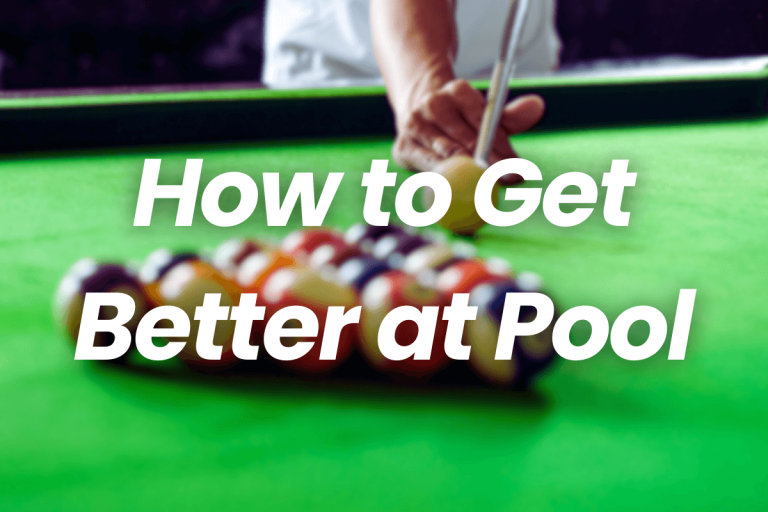Unlock the Secrets of British Snooker Rules (2024)
Snooker, a revered cue sport in the UK, has a rich history dating back to the 19th century. Originating among British Army officers stationed in India, it swiftly gained popularity upon its return to the UK, evolving into a beloved national pastime. Today, British snooker rules are integral to the game’s integrity and enjoyment. For beginners and enthusiasts alike, a thorough grasp of these rules is crucial. Not only does it enhance gameplay, but it also deepens appreciation for the sport’s strategic complexities and rich British heritage.
What is British Snooker?
British Snooker is a fascinating cue sport, characterized by its strategic gameplay and distinctive equipment. Played on a large, rectangular table covered in green baize, it involves the use of a cue to pot a sequence of colored balls in a pre-determined order. The game’s objective is to score more points than the opponent, combining skill, strategy, and precision.
What sets British Snooker apart from other billiards games are several key aspects. Unlike the pool, which uses larger pockets and fewer balls, snooker employs a set of twenty-two balls, including fifteen reds and six balls of other colors, each with a specific point value. The table is also larger than standard pool tables, measuring 12 feet by 6 feet, which demands greater skill in cueing and ball control. Moreover, snooker incorporates unique rules like the ‘snooker’ itself, where a player obstructs the opponent’s direct line to their next target ball, adding an extra layer of tactical depth.
Understanding the Snooker Table and colored balls
The snooker table is a centerpiece in the game, its design and dimensions integral to the play of British Snooker. A standard snooker table measures 12 feet in length and 6 feet in width, a size that demands precision and skill from players. The playing surface is marked with a “D”, a semi-circle at one end, and four pockets at the corners and two in the middle of the longer sides. This layout not only tests a player’s aiming and positioning abilities but also plays a key role in strategy formulation.
Each colored ball in snooker holds a unique significance, directly influencing the game’s scoring system. There are 15 red balls, each worth one point, which are the primary targets at the beginning of each frame. Alongside these, there are six colored balls with varying point values: yellow (2 points), green (3 points), brown (4 points), blue (5 points), pink (6 points), and black (7 points). These balls are strategically potted after each red ball, a rule that adds depth and complexity to the game.
British Snooker Rules
British Snooker, with its intricate rules, offers a blend of strategy and skill. Here’s a breakdown of its fundamental rules and scoring system:
Objective: The main aim is to score more points than your opponent by potting balls in the correct sequence.
Game Sequence: Players take turns (or “frames”). A frame starts by potting a red ball, followed by a colored ball. The colored balls are then re-spotted until all reds are potted, after which the colors are potted in ascending order of their value (yellow to black).
Scoring: Points are earned by potting balls:
- Red balls count for 1 point each.
- Yellow ball is worth 2 points.
- Green ball is worth 3 points.
- Brown ball is worth 4 points.
- Blue ball is worth 5 points.
- Pink ball is worth 6 points.
- Black ball is worth 7 points.
Fouls: Points can be lost or awarded to the opponent if a foul occurs. Common fouls include:
- Hitting the wrong ball first.
- Potting the cue ball (a “scratch”).
- Failing to hit any ball.
- Potting two or more balls in one shot (except during the initial red ball phase).
Winning a Frame: The frame ends when all balls are potted, or a player concedes when being a certain number of points behind with fewer points available on the table.
Match Play: A match is usually played over a predetermined number of frames, and the player who wins the most frames wins the match.
Gameplay: Step-by-Step
British Snooker gameplay is a blend of precision, strategy, and rules. Here’s a step-by-step guide to how a game unfolds:
Starting the Game – The Break
- The game begins with a break shot. The first player (determined by a coin toss or similar method) strikes the cue ball from within the “D” to break the formation of red balls.
- The aim is to scatter the reds without committing a foul, like potting the cue ball or failing to hit a red ball.
Subsequent Turns
- After the break, players take alternating turns.
- A turn continues as long as the player legally pots a ball. Each turn comprises potting a red ball followed by a colored ball. While reds remain on the table, each potted colored ball is re-spotted.
- Once all reds are potted, players must pot the colored balls in their ascending order of value, from yellow to black, without re-spotting them.
Fouls and Penalties
- Fouls can occur in various ways, like failing to hit the correct ball first, potting the wrong ball, or potting the cue ball.
- Committing a foul results in penalty points awarded to the opponent. The value of the penalty depends on the nature of the foul, usually the value of the ball involved in the foul or four points, whichever is higher.
- After a foul, the incoming player has the option to take the shot from where the cue ball has stopped or ask the offending player to play again.
What to Avoid
- Avoid hitting non-target balls first.
- Don’t pot the cue ball (“scratch“).
- Ensure not to pot two colors simultaneously after the reds are cleared.
- Avoid “push shots” where the cue tip remains in contact with the cue ball for too long.
Advanced Rules and Techniques for Snooker
In British Snooker, mastering advanced rules and techniques is key to elevating your game. This includes sophisticated strategies for positioning and shot selection, as well as understanding the unwritten rules of etiquette and sportsmanship.
Positioning and Shot Selection
Cue Ball Control: Mastering spin (topspin, backspin, sidespin) and power to position the cue ball for your next shot is crucial.
Safety Play: Sometimes, it’s strategically better to play a safety shot, positioning the cue ball to make your opponent’s next shot difficult, rather than attempting a difficult pot.
Break Building: This involves potting a series of balls in one visit to the table, ideally positioning the cue ball after each shot to facilitate the potting of the next ball.
Long Pots vs. Short Pots: Understanding when to go for long shots and when to focus on shorter, more manageable pots is crucial. This decision-making is often influenced by the game’s context and your confidence level.
Advanced Tactical Plays
Snookers: Deliberately positioning the cue ball so that your opponent cannot directly hit their required ball, forcing them to make a more difficult shot.
Frame Management: Involves strategic decisions like when to attempt to pot balls and when to play defensively, especially in critical game phases.
Snooker Etiquette and Sportsmanship
Acknowledging Fouls: Players are expected to declare their fouls if the referee misses them. This honesty is a cornerstone of snooker etiquette.
Respecting Your Opponent: Includes not distracting your opponent, acknowledging good shots, and maintaining a composed demeanor.
Dress Code: Traditional snooker etiquette often involves adhering to a dress code, typically comprising a waistcoat, bow tie, and formal trousers.
Conceding Frames: If a player feels they have no realistic chance of winning a frame, they might concede. However, this should be done respectfully and in appropriate situations.
Conclusion
Comprehending British snooker rules is fundamental to truly enjoying and excelling in this esteemed sport. A thorough understanding of these rules enriches your experience, allowing for strategic gameplay and a deeper appreciation of snooker’s nuances. Whether you’re a novice or an enthusiast, embracing these guidelines connects you to a broader community of players who share a passion for this tactical and skillful game. We encourage you to actively engage with the sport, immerse yourself in its rich culture, and contribute to the vibrant snooker community.
FAQs
What’s the difference between a ‘foul’ and a ‘miss’ in British Snooker?
A ‘foul’ occurs when a player breaks a rule, like hitting the wrong ball first. A ‘miss’ is called when a player fails to hit the required ball and the referee believes they could have made a better attempt.
How is the winner of a snooker frame determined?
The winner is the player who has more points than the opponent after all balls have been potted, or when the trailing player requires more points than are available on the table.
Can a snooker game end in a tie?
Yes, a frame can end in a tie. In such cases, the black ball is re-spotted, and players take turns attempting to pot it. The first successful pot wins the frame.
Is it mandatory to pot a ball on every shot?
No, it’s not mandatory. Players often play ‘safety shots,’ where the goal is to position the cue ball in a way that makes it difficult for the opponent to pot their next ball.
What happens if a player pots the cue ball?
Potting the cue ball, known as a ‘scratch,’ is a foul. The opponent is awarded points, and they get the next shot with the cue ball in hand within the ‘D’.
Are players allowed to use rests and extensions?
Yes, players can use various equipment like rests and extensions to reach and play shots that would otherwise be unplayable due to the table’s size.







